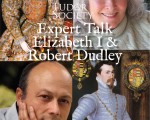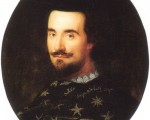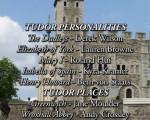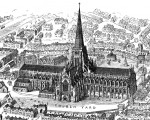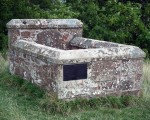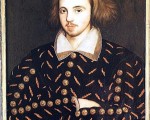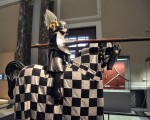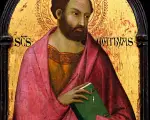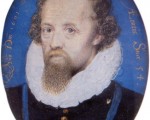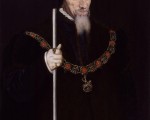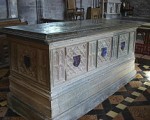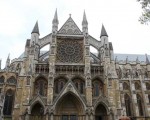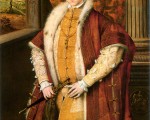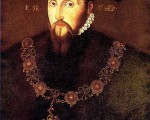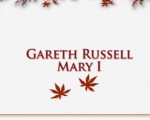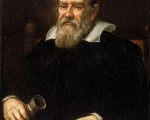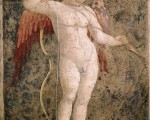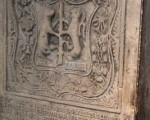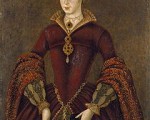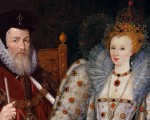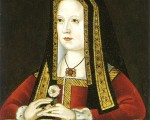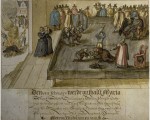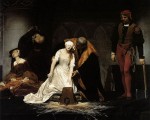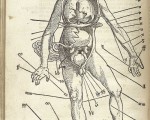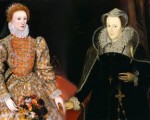On this day in history, Wednesday 8th February, Mary, Queen of Scots was executed at Fotheringhay Castle, following the arrival of her death warrant at the castle the day before.
Mary had been tried in October 1586 for her involvement in the Babington Plot, a plot to assassinate Queen Elizabeth I, and had been found guilty. Elizabeth I put off signing her death warrant, struggling with the idea of killing an anointed monarch, but finally signed the warrant on 1st February 1587, although Elizabeth claimed later that she ordered her secretary, William Davison, not to do anything with it for the time being. As I mentioned in my article on the death warrant, Elizabeth’s Privy Council met and agreed to send the warrant to Fotheringhay without the Queen’s knowledge. It is impossible to know exactly what happened. Did Davison misunderstand the Queen’s instructions and intentions? Probably not. Some historians believe that William Cecil, Lord Burghley, chose Davison to be a scapegoat because he realised that Elizabeth needed someone to take the responsibility for Mary’s death away from her, but others believe that it was Elizabeth who chose Davison as the scapegoat.
[Read More...]
